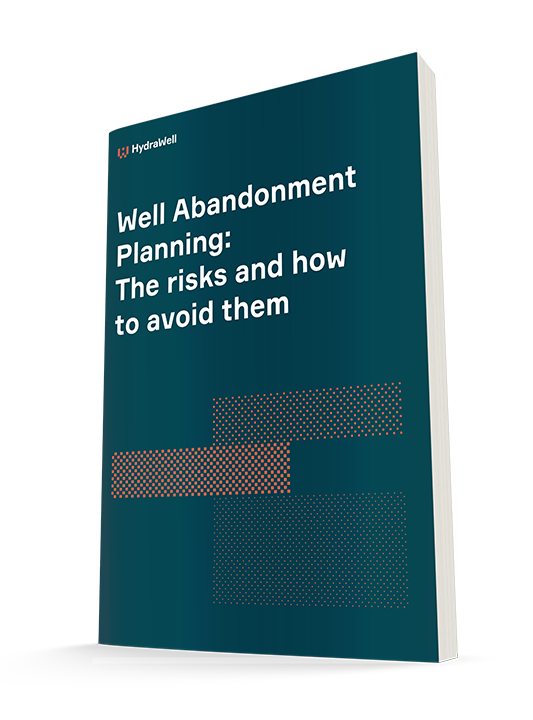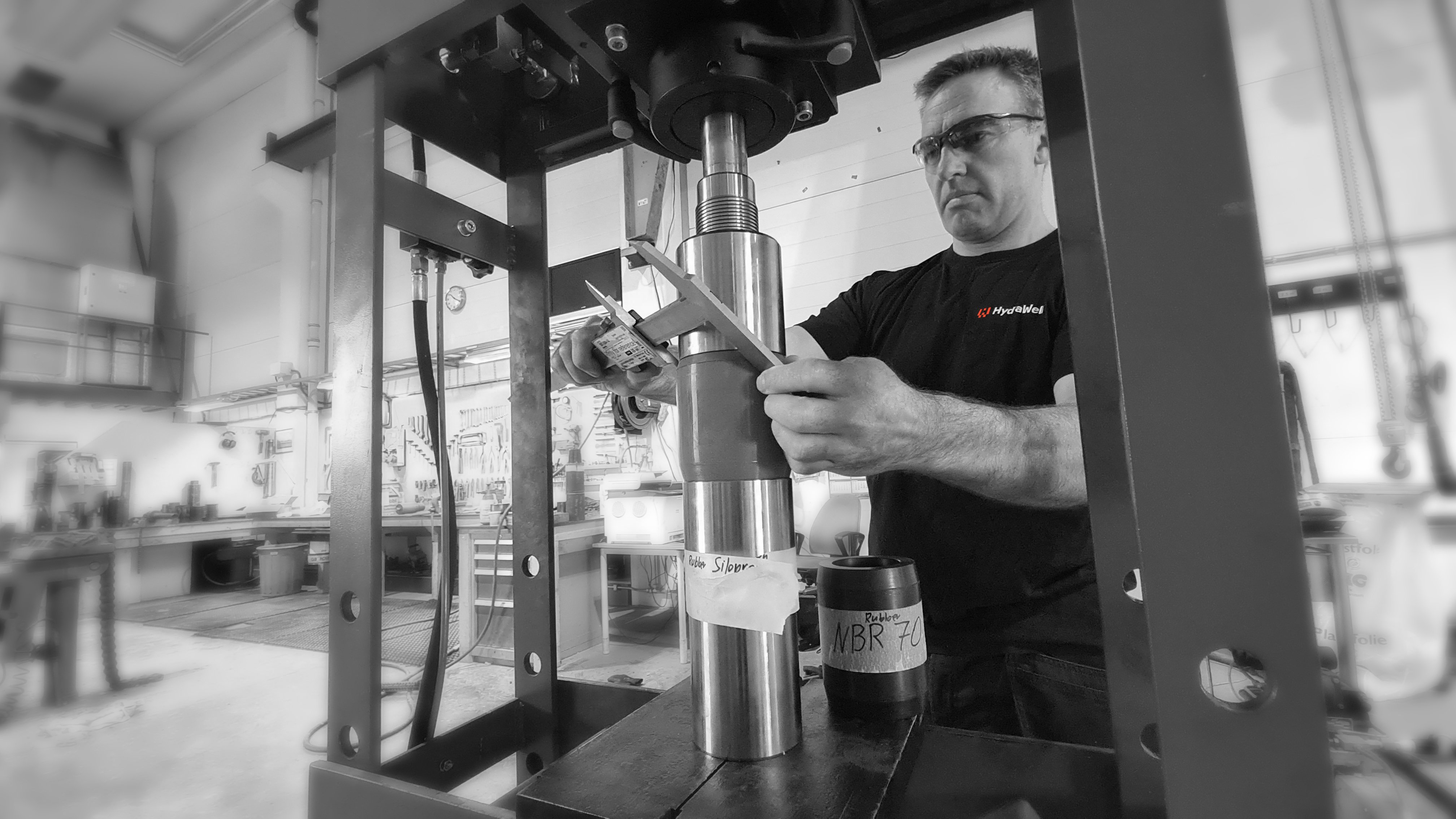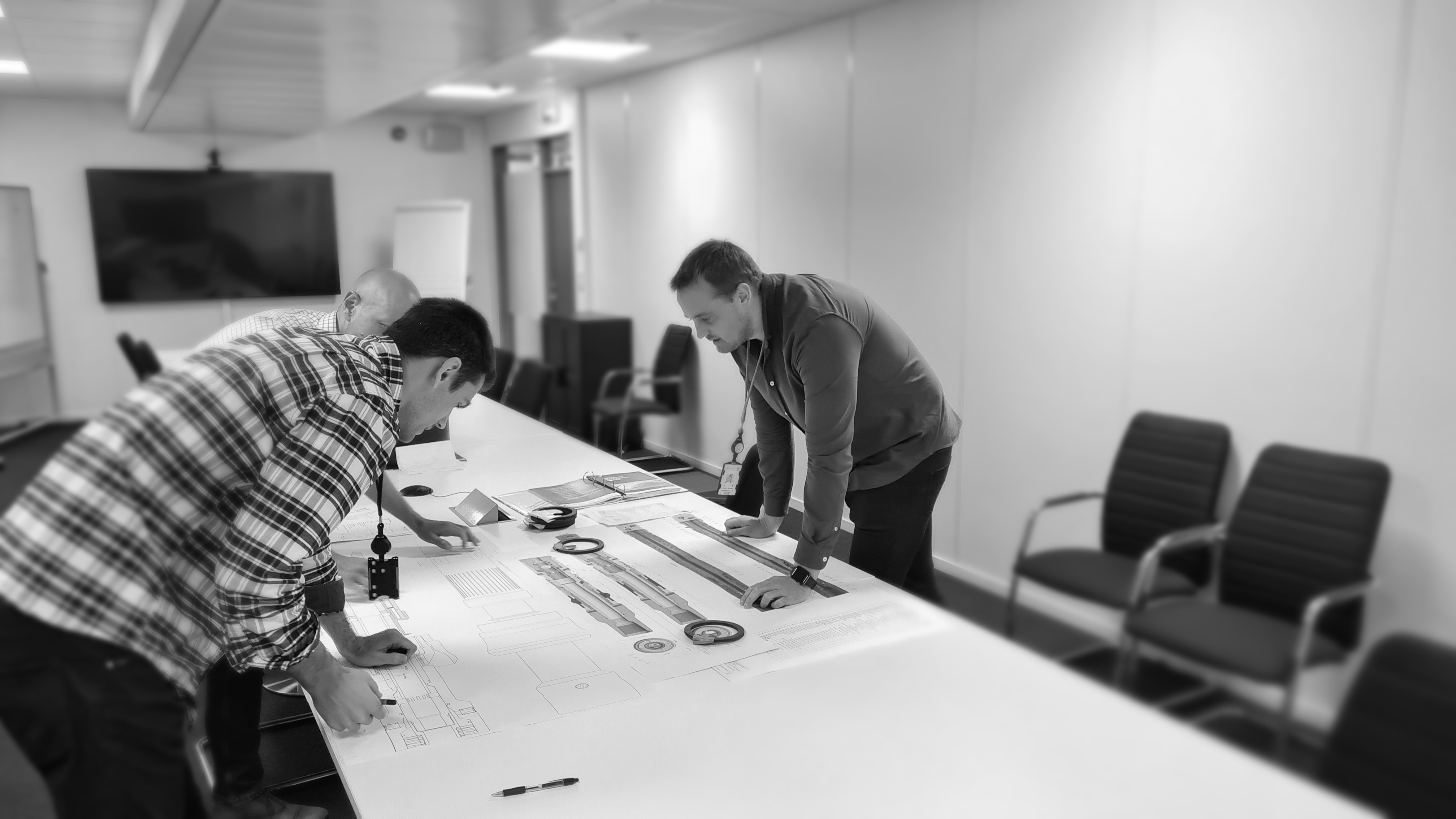Quality assurance is an integral part of everything we do, yet little attention is sometimes paid to this crucial element of well abandonment.
As a specialist technology developer responsible for the concept of Perf, Wash and Cement (PWC®), HydraWell’s key driver is the installation of high-quality, long-lasting, hydraulic barriers to prevent hydrocarbon contamination of the environment.
There are many different methods of installing barriers, each with advantages depending on well characteristics. Nevertheless, one common challenge is the verification of installed barriers and barrier elements – and without this, we cannot be assured of effectiveness.
Direct Measurement
Whilst good, direct measurement comes with drawbacks. It’s not always straightforward; it can be complicated to pressure test an annular barrier, and we need to be careful about what we’re testing. It’s a more sensitive approach, but we need to ensure it meets verification needs. For example, there’s plenty of evidence that barriers tested successfully with liquids are permeable to gases but, if the barrier is designed to contain gas, should we test it with a gas with similar properties? What is an allowable leak rate? Guidelines tell us that only zero is acceptable, but the sensitivity of techniques and the use of cement has an inherent permeability, albeit quite low.
Indirect Measurement
Indirect measurements, such as Cement Bond Logs (CBLs), have more flexibility but risk only indicating barrier quality. CBLs also carry risk in interpretation but lower costs often make them the preferred option due to ease of execution, difficulty with achieving direct measurement, or a query on the measurement truly analysing barrier quality.
Tried and tested methods often seem like the obvious “go-to” for quality – but we need to ensure success too. If the only quality check was a pressure test, then we haven’t assured that the previous operation was a success, and we only know that there isn’t currently a leak.
Computer Simulation
To translate techniques, we must understand how changing parameters impact effectiveness. When using Perf, Wash and Cement (PWC®) to install an annular barrier, we know that increases in fluid density increase circulation rates required for effective annular cleaning and cementation. Here, computer simulation and modelling can be useful. Replicating downhole conditions physically at surface is notoriously difficult, but computer modelling can predict results efficiently and confirm the impact of incremental changes, if inputs reflect reality, and the underlying algorithms are accurate. Then, modelling can provide valuable data to support the design of barrier installation procedures and optimise procedures to reduce durations and cost.
All this would be academic with 100% successful techniques and no desire to change them or reduce the cost of abandonment. However, new techniques and tooling which drive down costs are always hot topics and there is plenty of evidence to suggest that historical abandonments have not always been successful. In our experience barrier verification is often the weakest link in abandonment designs and the different approaches required for the variety of barrier installation mechanisms is not well recognised, particularly for barriers installed using PWC® .
To ensure that the barriers we install today, and in the future, will be successful at isolating hydrocarbons below ground, the full spectrum of rigorous verification procedures must be embraced. To do this, everyone involved must come together to agree what constitutes ‘good verification practice’ and ensure the industry takes its responsibilities to protect future generations seriously. We look forward to collaborating on the development of ‘good practices’ and invite engineers, especially those involved in barrier design and verification, to share their thoughts with us on the industry’s needs.





